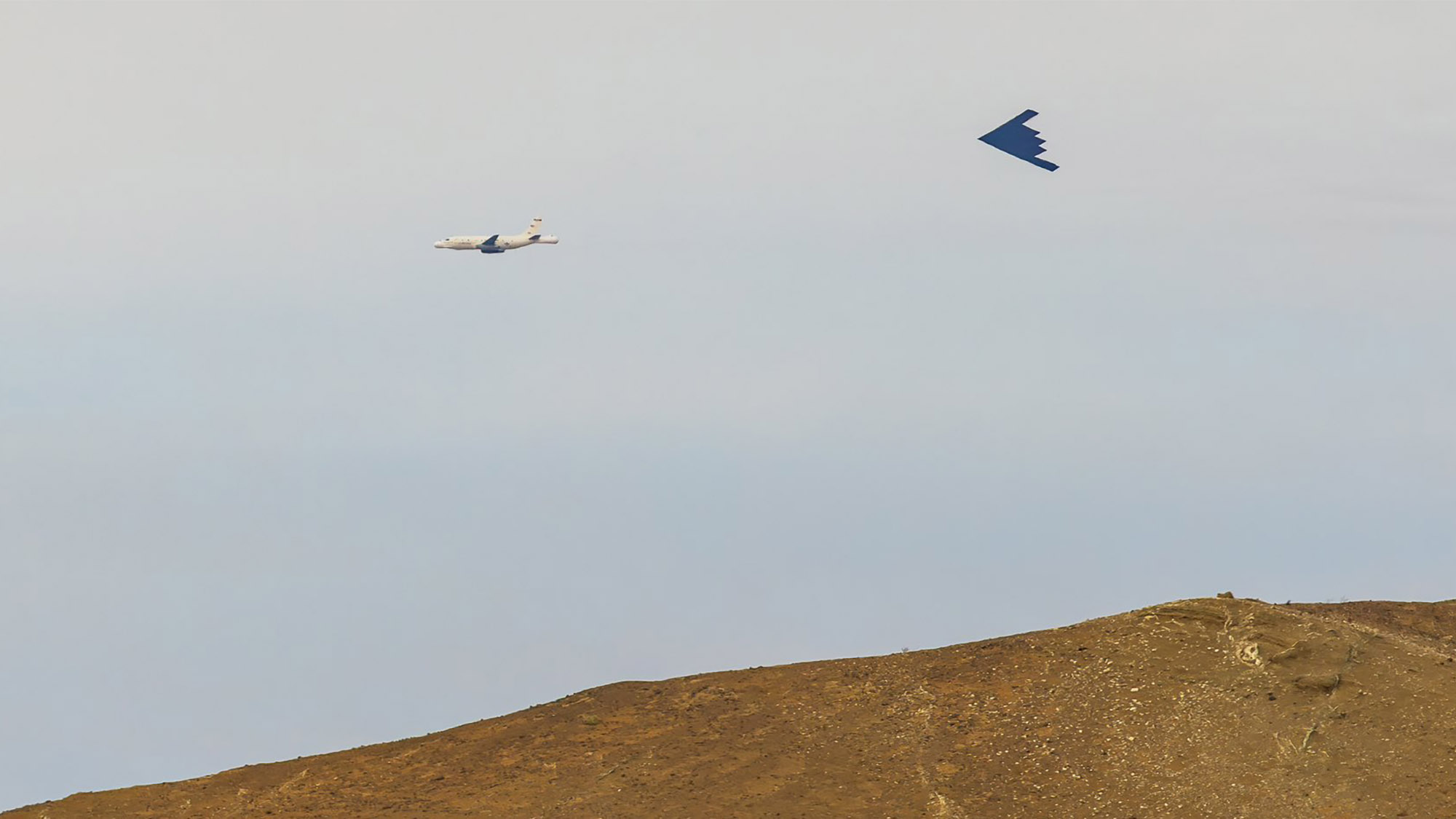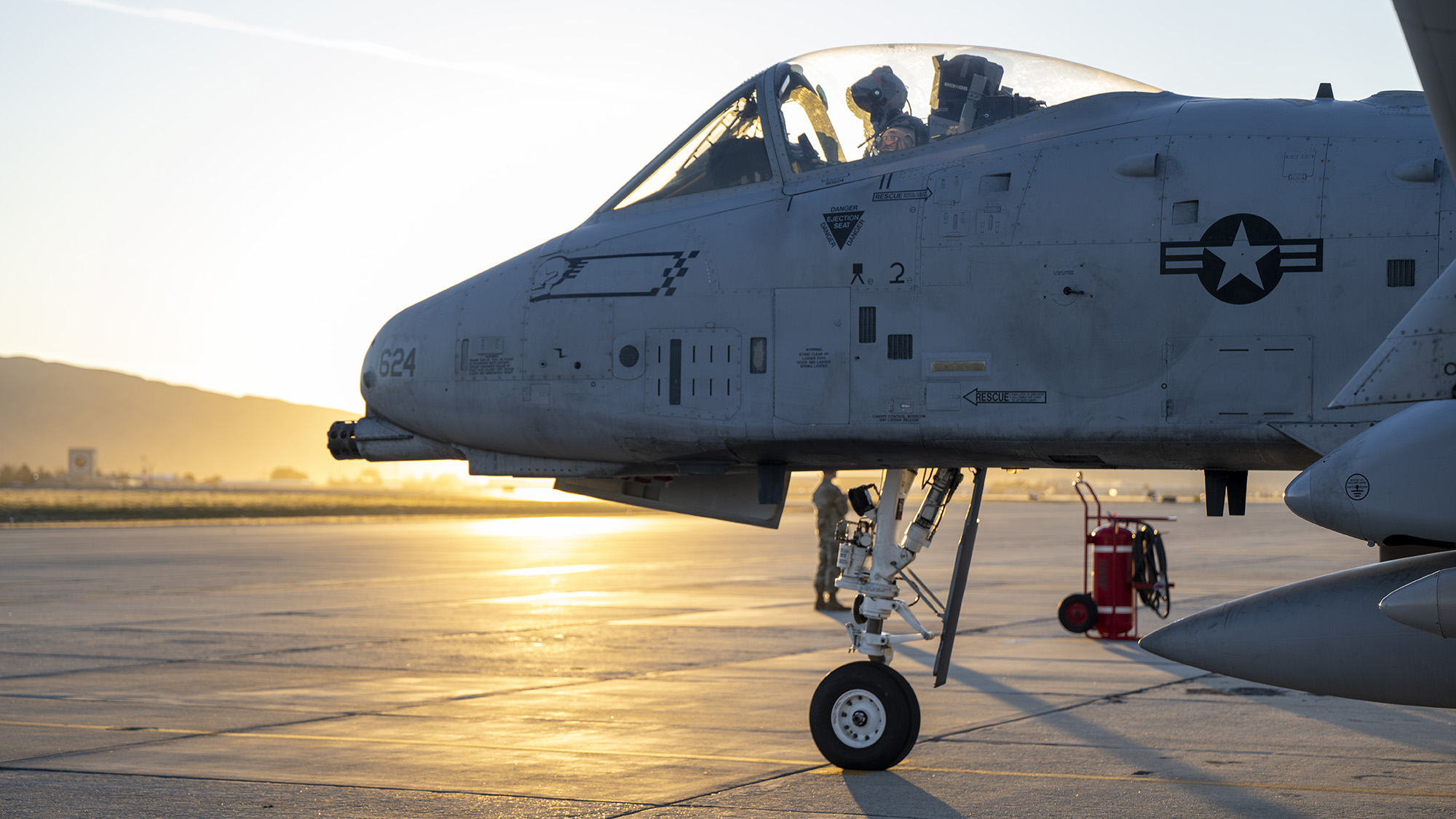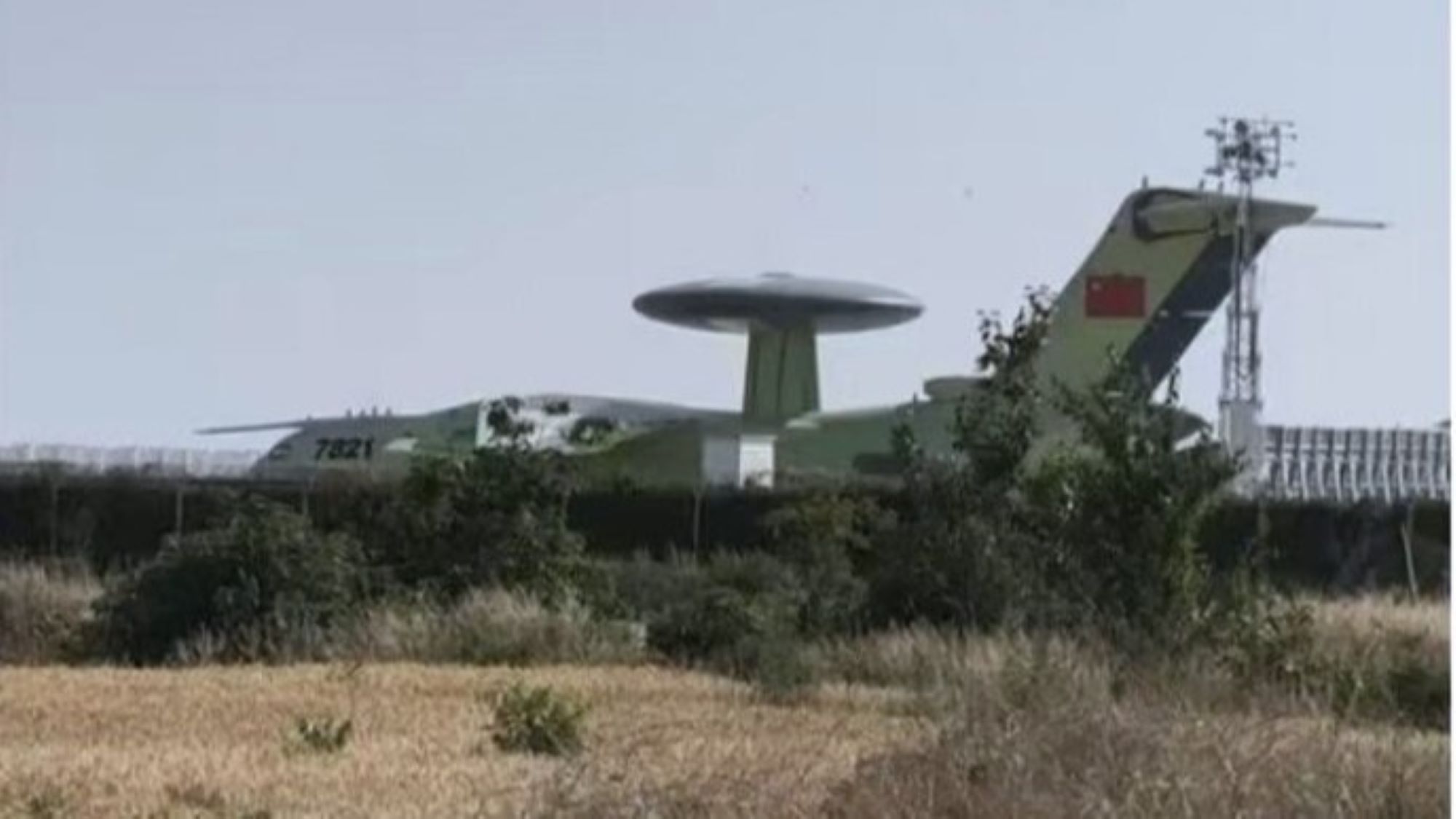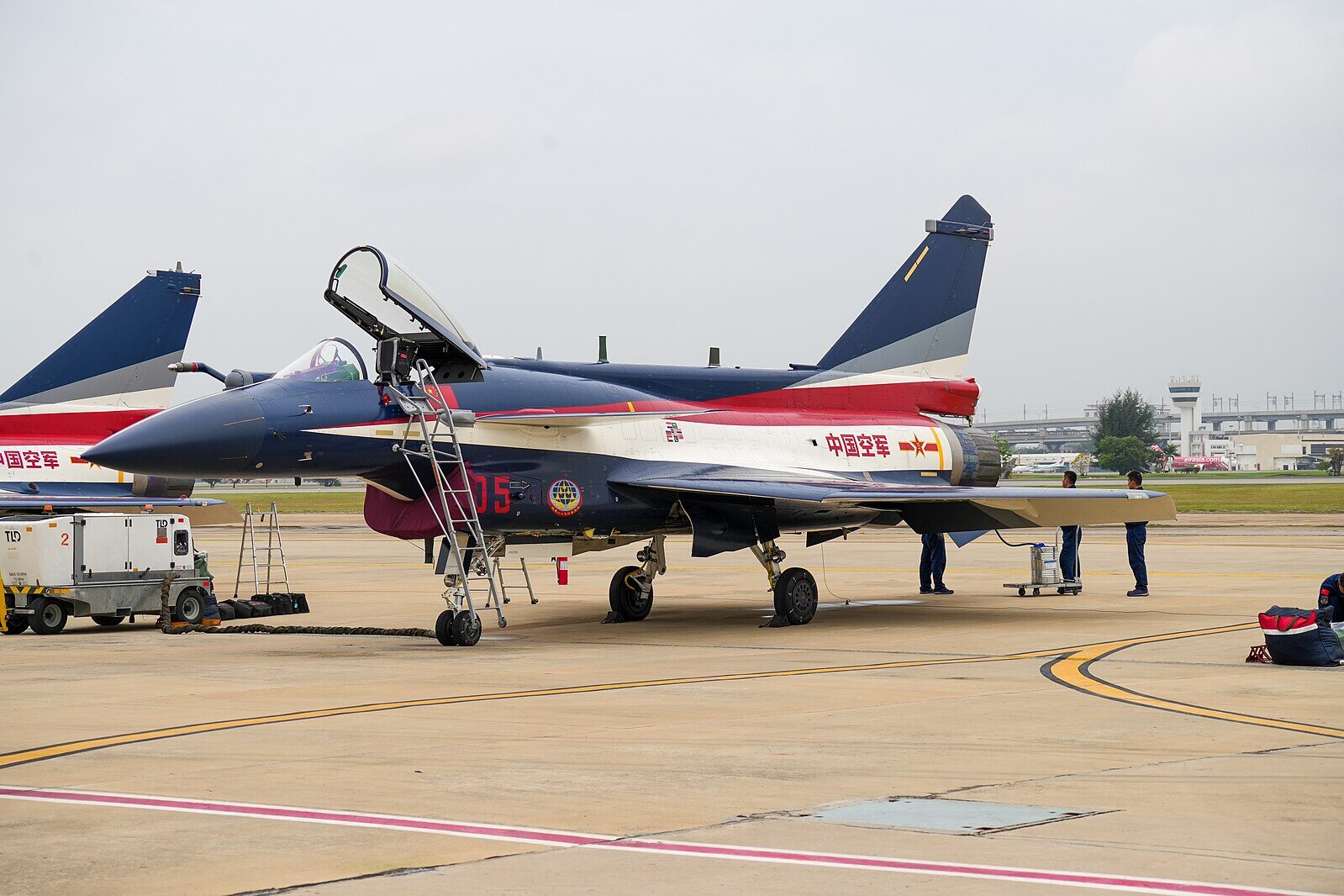The US Army is too light to win
Too much of its force is under-armored and under-gunned.

Let’s take roll of the Army’s 31 active maneuver brigades. Eleven are heavy brigades equipped with tanks and infantry fighting vehicles—well-protected platforms suited to modern war.
Another six brigades are Stryker formations equipped with their eponymous lightly armored, wheeled infantry carriers. Originally called the “interim armored vehicle,” the Stryker was intended to serve only until the arrival of the Future Combat Systems, which imploded instead. From conception, Stryker units have suffered from doctrinal and conceptual confusion. Stryker units carry more dismounted troops than Bradley units, which are intended to fight primarily mounted. But they are infantry carriers, not infantry fighting vehicles. With poor off-road mobility, they are vulnerable to hand-held antiarmor systems, and their units have towed rather than self-propelled artillery. Repeated National Training Center rotations show they cannot survive when employed against armor.
The remaining 14 active maneuver brigades are light infantry formations, cheaper and easier to deploy but, realistically, unable to compete with today’s threat. Under current guidance, they go to war in “infantry squad vehicles”—essentially, unarmored dune buggies without heavy weapons.
Compounding the problem, the commanders of these light brigades have dramatically less firepower than they used to. The recent decision to eliminate the air cavalry squadron from the aviation brigade in Army divisions removes half of each division’s 48 AH-64E attack helicopters, a massive reduction in combat power. Only slightly less dangerous was the Army’s recent decision to deactivate the cavalry squadron in Stryker and light infantry brigades, with their many wheeled vehicles and heavy weapons. The same directive stripped light infantry battalions of their antiarmor/heavy weapons companies: mounted formations armed with automatic grenade launchers, heavy machine guns and heavy antitank systems. These actions removed much of the brigade’s available firepower.
Meanwhile, light artillery battalions still use the venerable M119 105mm towed howitzer, which has a lower rate of fire, shorter range, and weaker weapons effects than the 122mm and 152mm systems used by Russian and Chinese brigades. They are also slower to displace than self-propelled systems, making them far more vulnerable to counter-battery fire and drone attacks.
Promises to offset all these reductions with “Unmanned Systems and Ground/Air launched effects” raise serious questions, given the lack of specifics provided and DoD’s poor acquisition track record.
A quick look at adversary force structure illuminates the challenge. Russian maneuver brigades (tank, motor rifle, airborne/air assault, naval infantry) are remarkably similar. All include four maneuver battalions; three artillery battalions (both tubed and rocket); anti-tank, air defense and reconnaissance battalions; and an electronic warfare company. Chinese brigades have four maneuver battalions supported by strong artillery, air defense and EW units. U.S. brigades have three maneuver battalions, a single artillery battalion, and no dedicated anti-tank, air defense, or EW units. At higher echelons, adversary artillery, air defense and EW continues to outmatch U.S. capabilities, and both the Russian and Chinese militaries have evinced strong commitments to advance their drones and unmanned systems. Overall, their forces are clearly stronger, a dilemma only exacerbated by repeated moves to lighten or weaken U.S. ground forces.
What should the U.S. Army do? Several things: re-equip light brigades with protected, wheeled transport mounting heavy weapons, as before; restore their antiarmor companies; increase the density of Javelin anti-tank and Stinger air defense systems across light formations; replace towed light artillery with wheeled, 155mm systems like the French Caesar or German RCH-155; reverse the deactivation of divisional air cavalry squadrons; and arm divisional UH-60 assault helos with the Hellfire antitank missile system.
Stryker brigades should be converted into true heavy brigades, perhaps with reconditioned M1 Abrams tanks and M2 Bradley fighting vehicles that are now in storage. Hundreds of earlier variants of the M1, M2, and M109 self-propelled howitzer are stored at Sierra Army Depot in Nevada. Should Stryker brigades be retained, they should include an armor battalion, similar to Russian motor rifle brigades. Heavy brigades should be upgraded with the M1A3 Main Battle Tank and M2A4 Infantry Fighting Vehicle as soon as possible.
Army divisions should field a general support 155mm artillery battalion in addition to the artillery battalions providing direct support to the maneuver brigades. All brigades and divisions should include air defense and electronic warfare units, as well as dedicated drone formations with trained operators at every echelon from company to division.
America has not fought a high-intensity war against heavy forces since the Gulf War, when it enjoyed crushing superiority in all domains. Today that superiority now longer exists.
Touted as a move away from a GWOT-focused Army to one more focused on “lethality” and better suited to the Indo-Pacific region, current changes in fact cut deeply into the Army’s ability to hit hard and mass combat power. An America optimized to fight in only one theater is an America content to be a regional but not a global power—a recipe for decline. In the real world, challenges erupt suddenly and unexpectedly (think December 1941, June 1950, October 1963, August 1990 and September 2001). True national security requires a flexible and adaptive Army trained and equipped for sustained, intense combat at the high end of the spectrum of conflict. This means mobility, protection and firepower in all Army formations.
In a word, light is not lethal. It’s time for a rethink.
R.D. Hooker, Jr. is a Senior Fellow with The Atlantic Council. He served three tours with the National Security Council and commanded a parachute brigade in Baghdad. ]]>












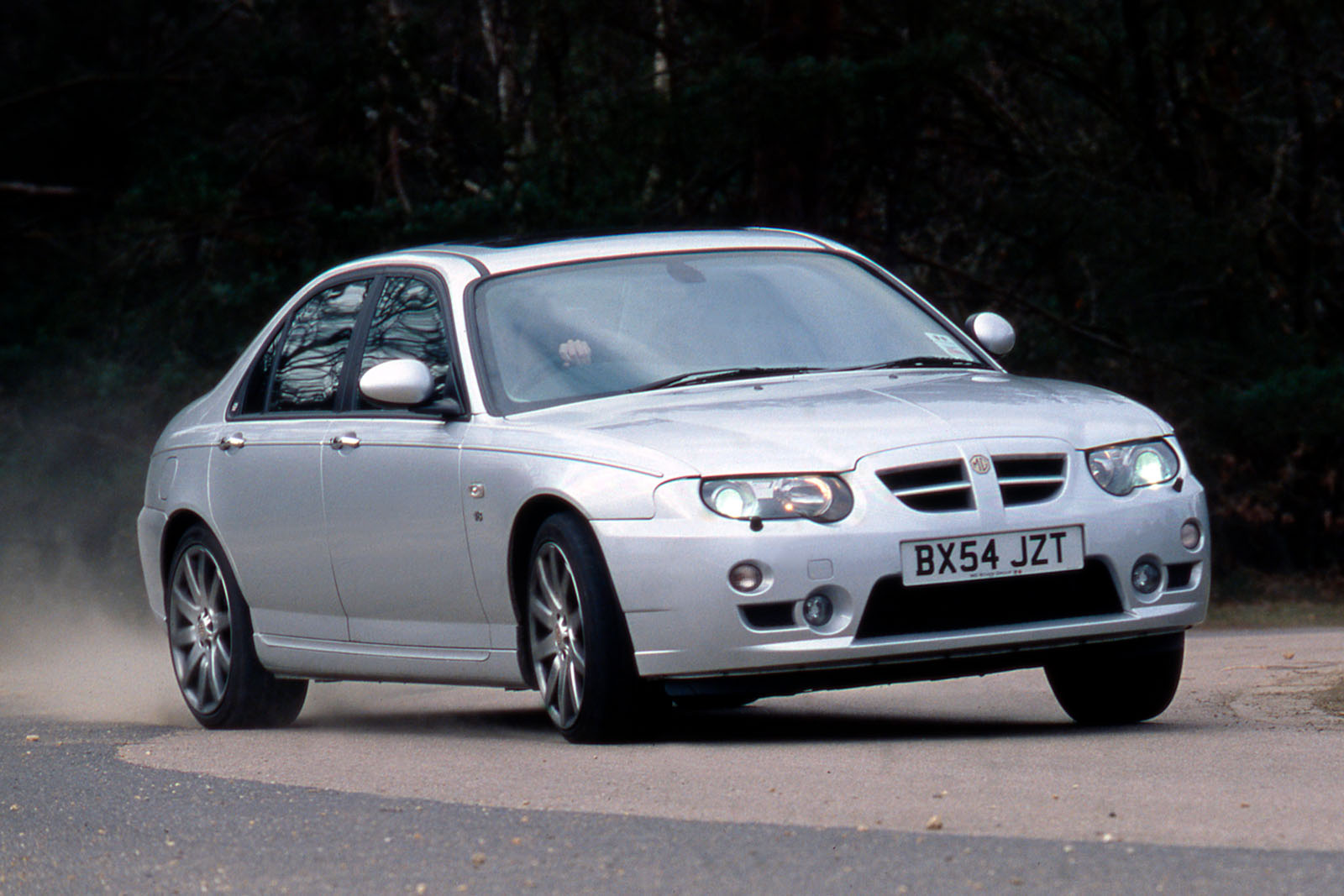
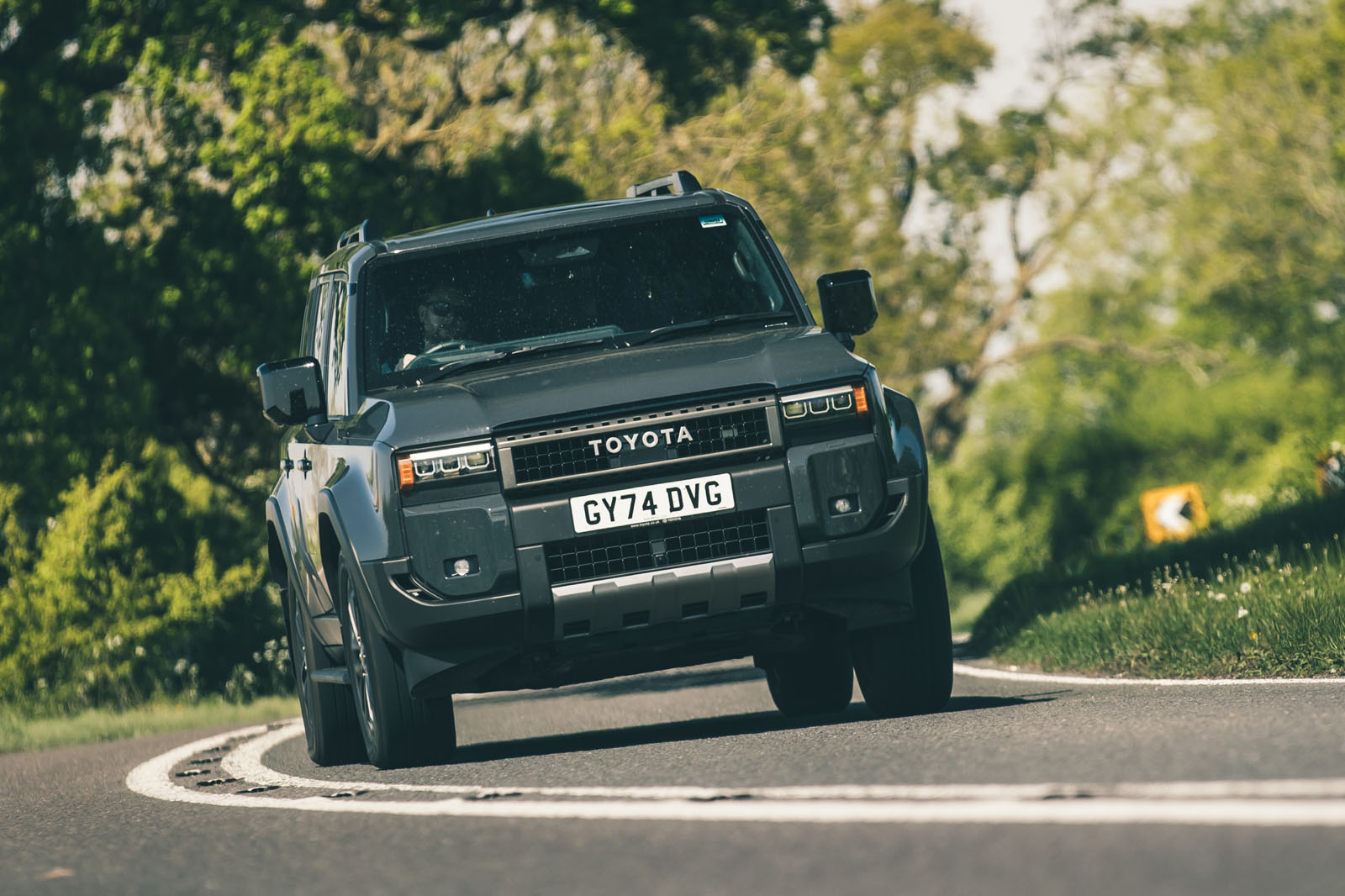
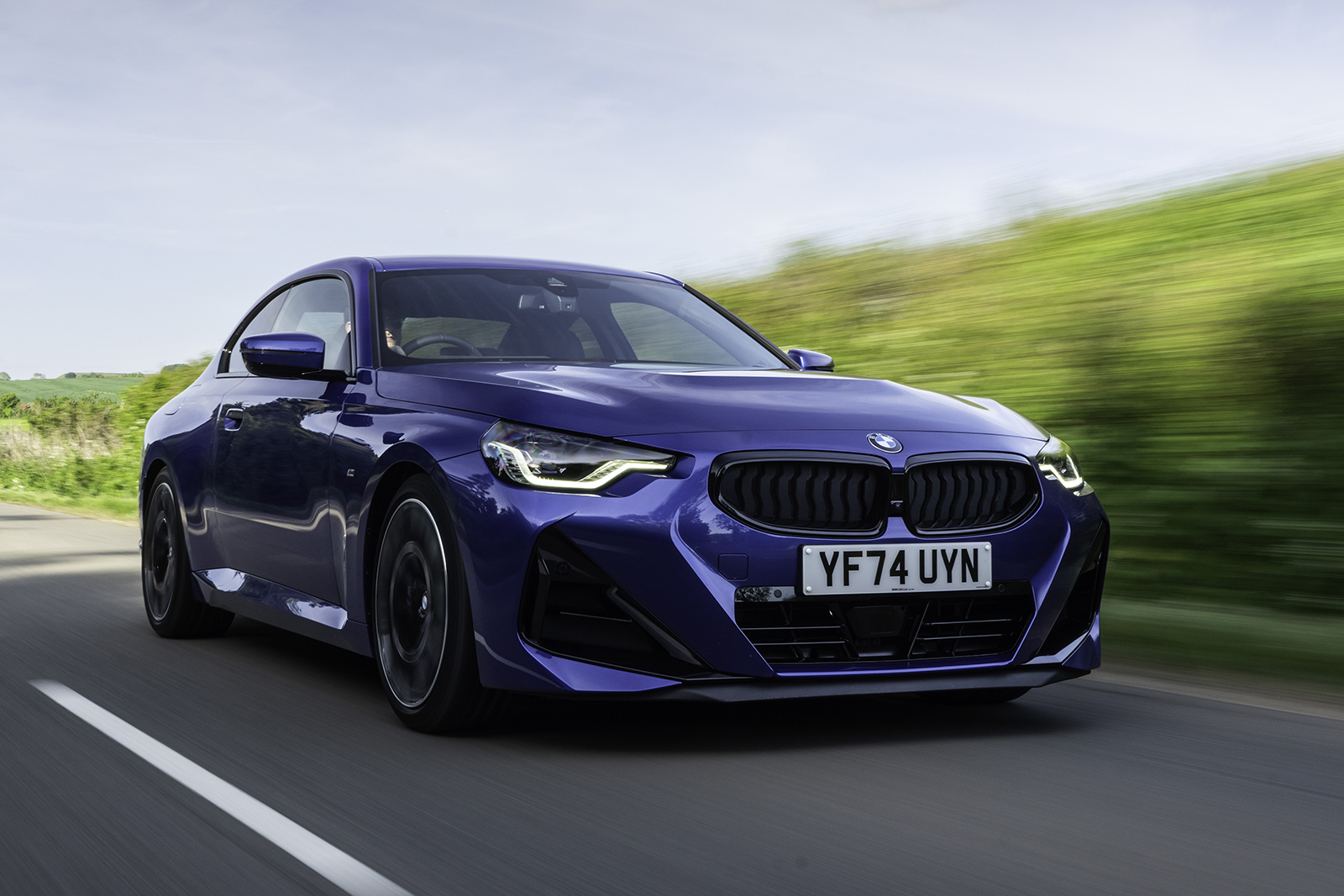









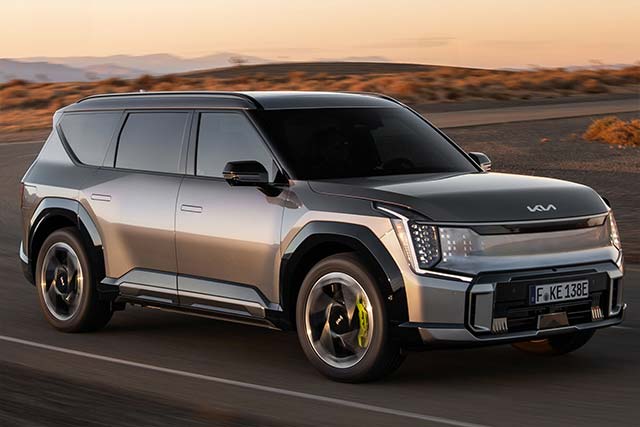


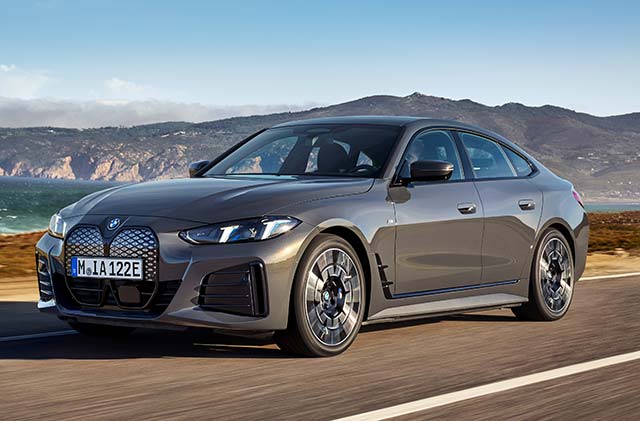
























































![The F-35’s future: What new weapons, systems are coming to the stealth fighter? [Video]](https://breakingdefense.com/wp-content/uploads/sites/3/2024/09/8603513-scaled-e1725629281248.jpg?#)
